
Vitamin A is an important and somewhat misunderstood nutrient. It’s critical to so many bodily functions and yet many of us don’t get enough of it. This is due to the combination of our dietary changes, the availability in our food sources, and our body’s fluctuating rates of conversion from the inactive to the active form. These factors have clouded the seemingly simple question – are you getting enough vitamin A?
When we talk about vitamin A, many people hear about toxicity. But vitamin A deficiency is likely a much larger problem than is often discussed.
Vitamin A deficiency is of particular concern for infants and children. The World Health Organization lists its concerns for vitamin A deficiency, including:
- Strong recommendations for supplementation for neonates
- Emphasis on vitamin A’s role in childhood development
- Concern that worsening eyesight is due to low vitamin A levels during childhood
From what I’ve seen in my practice, most people are not getting enough vitamin A. In part this is due to a lack of understanding surrounding this important nutrient. Before we dive in I want to start right away with some key focus points – factors any health conscious person should be aware of:
- Vitamin A is fat soluble, which plays a fundamental role in how it should be consumed.
- There are different forms of vitamin A – and they are not equally beneficial.
- Sufficient vitamin A during pregnancy and early childhood is vital to a baby’s development.
- Vitamin A and vitamin D have a synergistic relationship that can work together or against each other in balancing the scales of your health.
- Vitamin A toxicity is a concern – however, it could be due to a lack of synergistic vitamin D.
I think many people overlook vitamin A, which is why I make it a point to discuss it with my patients. Here’s a closer look at why vitamin A matters to your health.
How is vitamin A used in the body?
Vitamin A is a powerful antioxidant. As it moves through your body it scavenges damaging free radicals and fights inflammation.
Vitamin A benefits are wide reaching and have an influential role in brain function, skin, heart, kidneys, lungs, vision, and immune system health. It’s wide reaching influences on your overall health have earned it the reputation of being an anti-aging vitamin.
One of the defining characteristics of vitamin A is that it is fat soluble – meaning its dissolved, absorbed, and stored by fat tissue. Remember this if you’re looking to increase your vitamin A levels because you’ll significantly improve your body’s absorption if your source contains a fat. That means you should slather some grass-fed butter on your carrots.
There are two kinds of vitamin A:
- Preformed vitamin A – The active kind your body uses more readily and is only found in animal products.
- Provitamin A – The kind your body has to convert, most commonly beta-carotene.
The important difference between vitamin A and its precursors
Many people think they are eating good sources of vitamin A when they consume foods such as carrots, sweet potatoes, and squash. The type of vitamin A in these vegetables is actually beta-carotene, which is the pro vitamin A form. This is different to active vitamin A which comes in three forms: retinol, retinal, and retinoic acid.
The three forms of active preformed vitamin A differ in purpose within the body and in their oxidation levels.
- Retinol – Also known as vitamin A1. This is common in supplements and also associated with vitamin A toxicity in extremely high doses.
- Retinal – Essential to your vision, this form of vitamin A converts light into electrical input to your brain.
- Retinoic acid – Retinoic acid is critical in cell differentiation. When your cells are very young and still not sure if they will become eye cells, heart cells or brain cells, they depend on retinoic acid to tell them what to turn into.
These are not to be confused with beta-carotene, which must be converted by your body to its active form. While you can get beta-carotene from vegetables, active vitamin A is only found in animal products.
Are you getting enough vitamin A?
Overall the CDC reports that Americans are getting enough vitamin A, but these levels may not be reliable because they are reports based on serum vitamin A levels. Even the CDC concedes that serum levels aren’t always a good indicator of your body’s vitamin A status due to “homeostatic control” or how your body holds and releases certain nutrients as and when you need them.
I believe many people are not getting enough vitamin A, especially if they:
- Favor low fat diets
- Are vegetarian or vegan
- Don’t eat organ meats
- Eat a diet high in processed foods
You might think you can get sufficient vitamin A through vegetable, beta-carotene sources and supplements. To many people’s surprise, your body is unpredictable at making this conversion.
Common signs of vitamin A deficiency include:
- Poor eye health
- Chronic gut
- Dry, thick or scaling skin
- Macular degeneration
- Dry mucous membranes
- Weak fingernails
- Low vitamin D levels
- Respiratory infections
Factors that put you at a higher risk for vitamin A deficiency include:
- Immune system dysfunction
- Leaky gut or other gut health issues
- Autoimmune disease
- Excessive sun exposure
- Vegetarian diet
- Low fat diet
- Being a woman of childbearing age
- Having cystic fibrosis
The Rothman study concluded that the risk of birth defects was more frequent when women supplemented with high dose vitamin A before the seventh week of gestation. Be aware that some women in this study were likely taking in more than 25,000 IU per day from supplements and/or fortified foods and that these findings have been criticized by other researchers who have found no such correlation.
Vitamin A toxicity and vitamin D
Fat soluble vitamins need to be taken in balance. For example, too much vitamin D can deplete your vitamin A levels. It’s also been postulated that vitamin A toxicity could sometimes be caused by a vitamin D deficiency. Vitamin A toxicity has been associated with birth defects, liver issues, vomiting, and lowered bone density. The rare cases of Vitamin A toxicity have been recorded by taking high doses of vitamin A via supplements.
How much vitamin A should you take?
First, you should always increase your vitamin A sources in your diet because that is the best and safest source of this nutrient. While eating foods high in beta-carotene is good, food with preformed vitamin A is even better. Where can you find vitamin A?
Foods high in preformed vitamin A include:
- Beef liver
- Tuna
- Egg yolks
- Grass-fed butter
- Cream
- Cod liver oil
High quality cod liver oil is by far the best supplement form of vitamin A. If you decide to take a vitamin A supplement, be sure you pay attention to the form it’s in. If you’re taking a fermented cod liver oil supplement – which I highly recommend – this contains preformed vitamin A.
Foods high in beta-carotene include:
- Carrots
- Sweet potatoes
- Kale
- Romaine lettuce
- Spinach
- Apricots
- Broccoli
When you’re eating foods high in beta-carotene, it’s even better for absorption if you eat them with a fat. Also, eating anything high in beta-carotene that’s cooked is better than raw because your body can digest it better.
Most adults aim for around 10,000 IU per day, from food sources.
Vitamin A and Pregnancy
Perhaps the most important time in a person’s life where sufficient vitamin A levels are critical is during pregnancy and early childhood development. When a woman is pregnant her vitamin A levels need to be at sufficient levels, but not overreach recommended standards.
Vitamin A demands within her body will be highest during her third trimester. Women who don’t get enough vitamin A during their pregnancy can actually suffer from night blindness. Pregnancy is a time where you should pay extra attention to your vitamin A intake.
Want to know more? Dr Steven Lin’s book, The Dental Diet, is available to order today. An exploration of ancestral medicine, the human microbiome and epigenetics it’s a complete guide to the mouth-body connection. Take the journey and the 40-day delicious food program for life-changing oral and whole health.
Click below to order your copy now:
US AMAZON
US Barnes & Noble
UK AMAZON
Australia BOOKTOPIA
Canada INDIGO
For more information on Dr. Lin’s clinical protocol that highlights the steps parents can take to prevent dental problems in their children: Click here.
Resources:
http://www.who.int/elena/titles/vitamina_neonatal/en/
https://ods.od.nih.gov/factsheets/VitaminA-Consumer/
https://www.ncbi.nlm.nih.gov/pmc/articles/PMC3546623/
https://www.ncbi.nlm.nih.gov/pubmed/20200262
https://www.cdc.gov/nutritionreport/pdf/Nutrition_Book_complete508_final.pdf
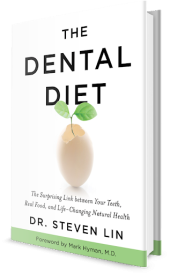
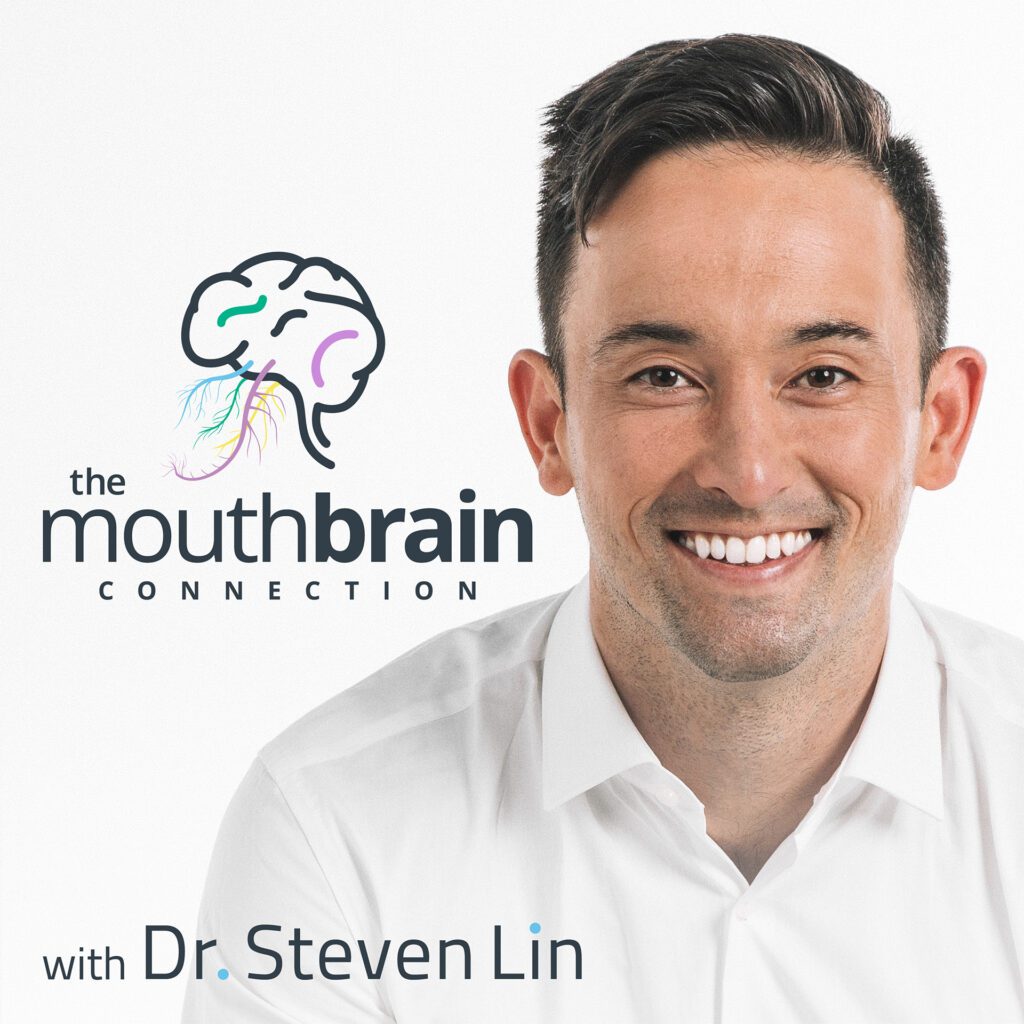

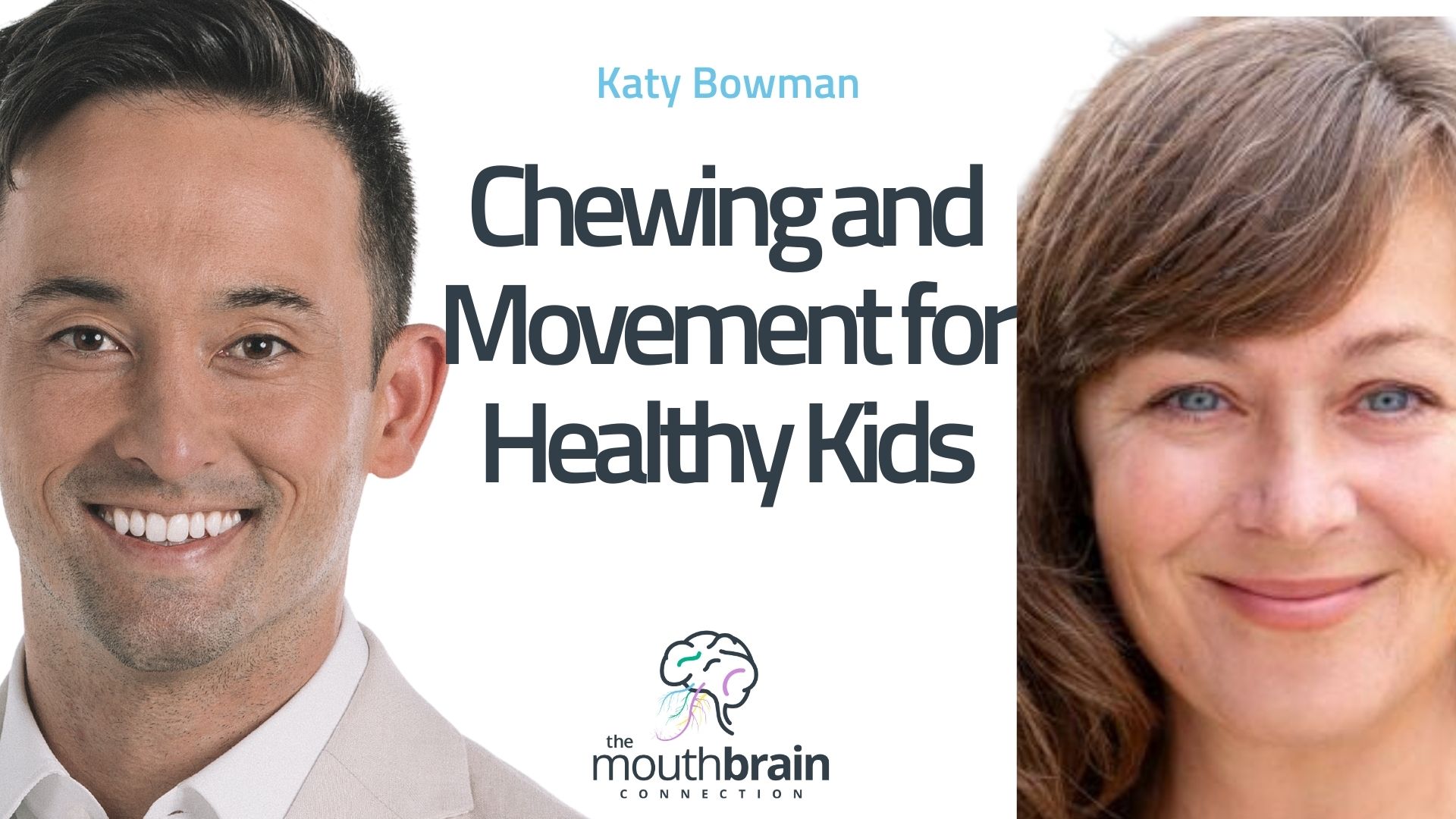
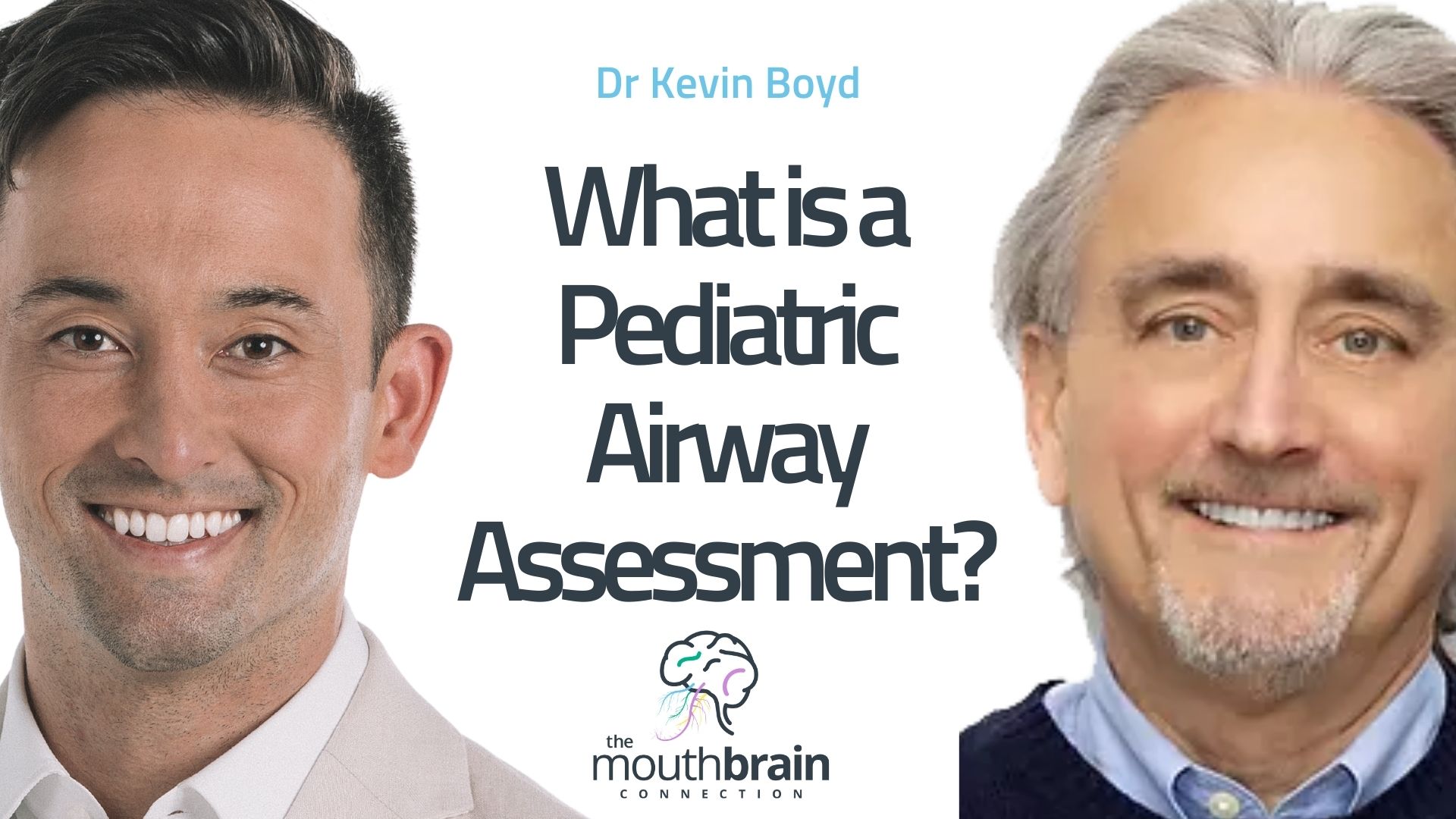
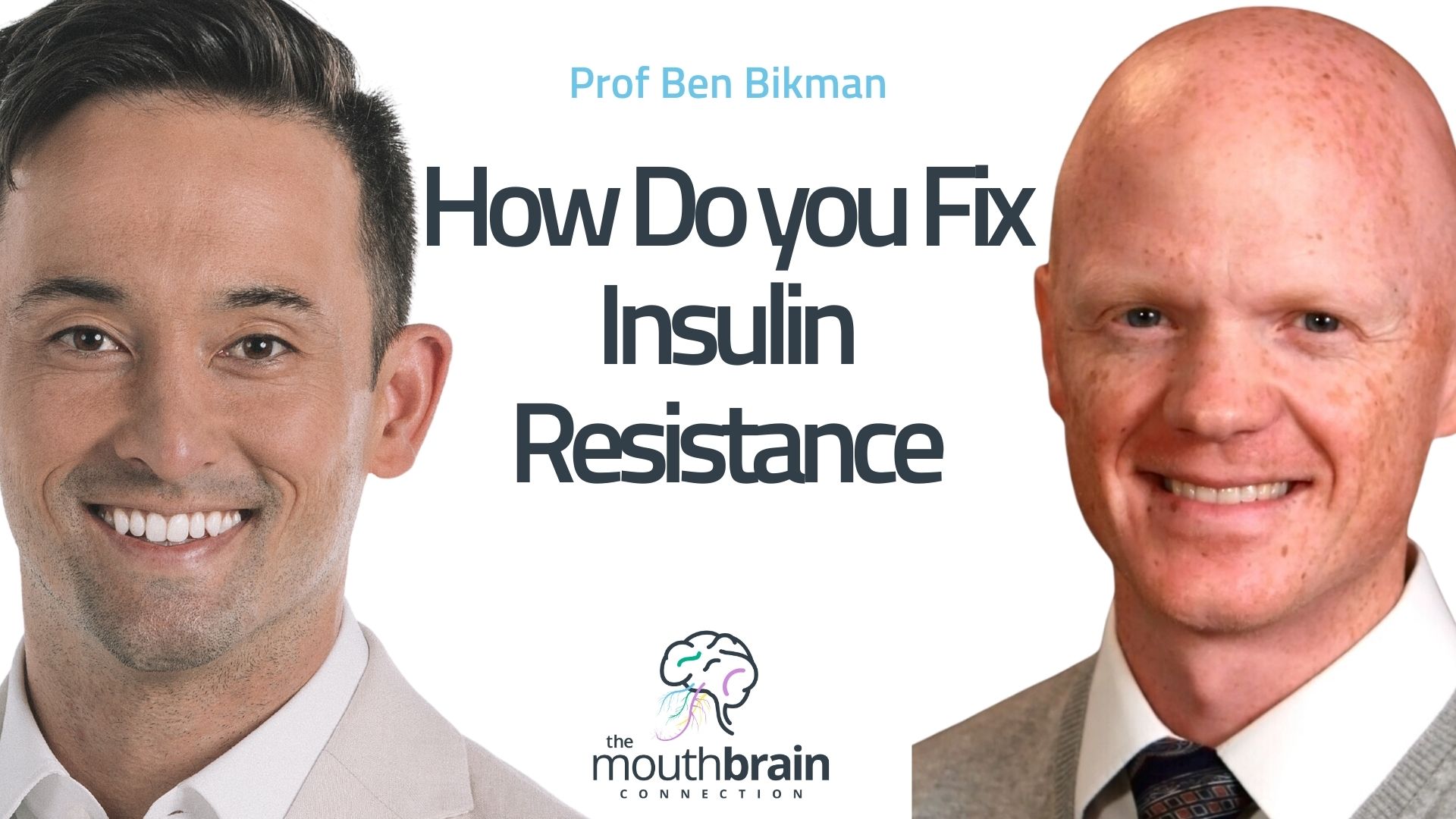

4 Responses
I’m taking 10,000i.u.’s daily. Is this a safe amount? I have hypothyroidism and it is needed for T3 to T4 conversion.
YES IT IS SAFE
Indeed greatly written.I also wrote on vitamin A In detail.
Amazing Post good work